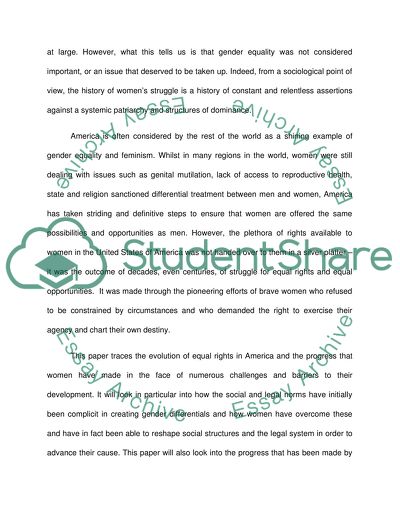Cite this document
(“The Struggle for Equal Rights of Women in America Research Paper”, n.d.)
Retrieved from https://studentshare.org/sociology/1395921-the-struggle-for-equal-rights-of-women-in-america
Retrieved from https://studentshare.org/sociology/1395921-the-struggle-for-equal-rights-of-women-in-america
(The Struggle for Equal Rights of Women in America Research Paper)
https://studentshare.org/sociology/1395921-the-struggle-for-equal-rights-of-women-in-america.
https://studentshare.org/sociology/1395921-the-struggle-for-equal-rights-of-women-in-america.
“The Struggle for Equal Rights of Women in America Research Paper”, n.d. https://studentshare.org/sociology/1395921-the-struggle-for-equal-rights-of-women-in-america.


